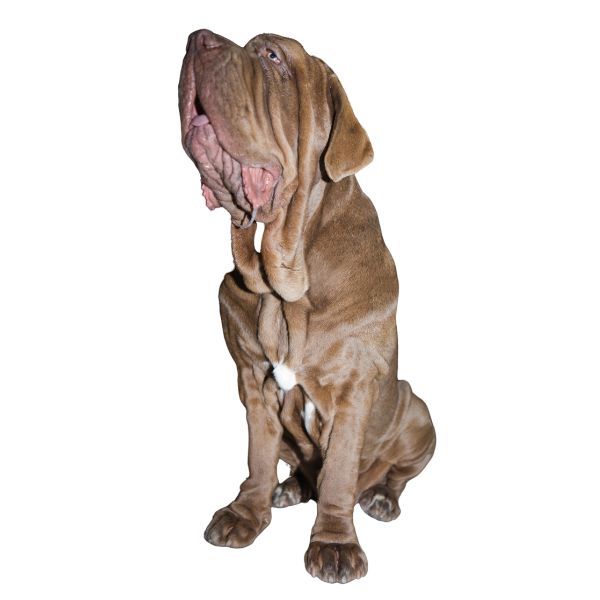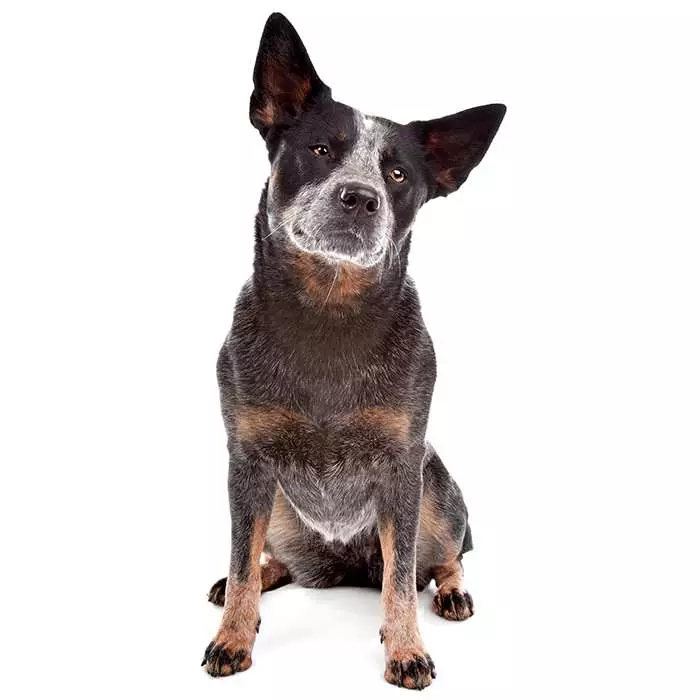Australian Kelpie
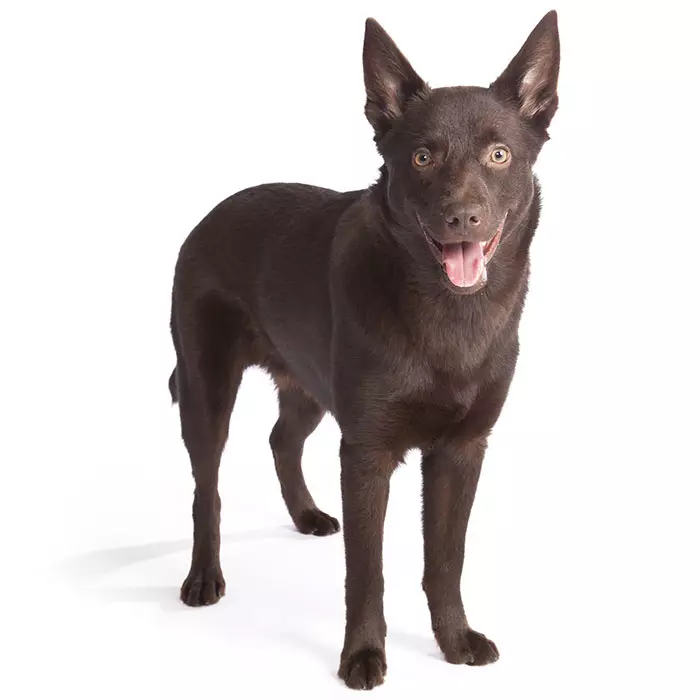

| Recommended for | Active people |
| Breed Classification | Herding group |
| Other names | Kelpie |
| Lifespan | 11-15 years |
| Size | Medium |
| Temperament | Alert, enthusiastic |
| Intelligence | Very high |
| Tendency to bark | Low |
| Maintenance Level | High |
| Health Risk | This breed has an around average probability of having health issues in its lifetime, hence it is one of the more affordable breeds to insure. |
Insuring an Australian Kelpie?
Get our award-winning Nose-to-Tail Cover with up to $30k annual benefit limit, up to 90% of eligible vet bills back, and no sub-limits.
Get a quick quote
Is this breed right for you?
Try our breed selector quiz to find out your best matching breed!
Insuring an Australian Kelpie?
Get our award-winning Nose-to-Tail Cover with up to $30k annual benefit limit, up to 90% of eligible vet bills back, and no sub-limits.
Get a quick quote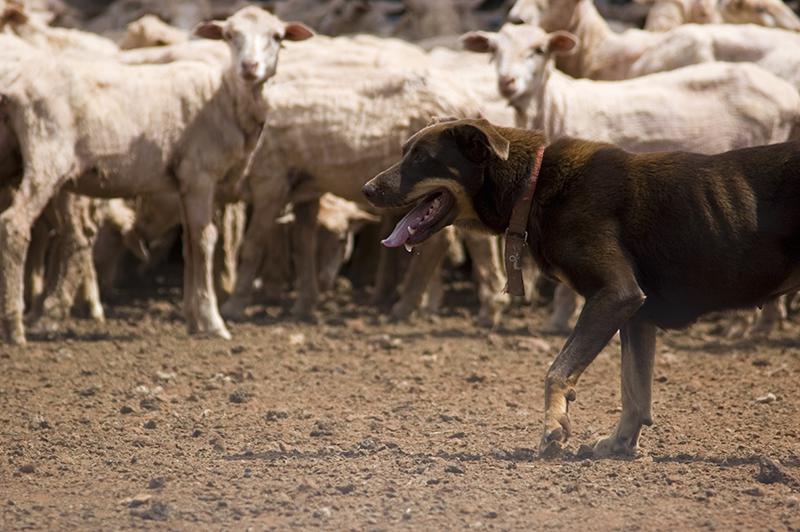
Breed history of Australian Kelpies
Like so many breeds, the origin of the Kelpie is disputed. There is no doubt, however, that the Kelpie’s ancestors were Collie type dogs imported from Scotland to Australia to work with livestock in the 1800s. They were crossbred with other types of dog (possibly even the Dingo, although recent DNA studies appear to disprove this).
The opening up of huge areas of farming land across NSW and Victoria required a special dog to handle sheep in such challenging conditions, including vast distances, heat, rough terrain and dust storms. The Kelpie was developed for droving and mustering sheep, and proved to be a tireless worker in the hottest and dustiest of climates, able to perform the work of several men.
The first Kelpie (a black and tan pup) was reported in 1872 by Jack Gleeson. Gleeson named the dog after the kelpie, a mythological water sprite in Scottish folklore. The first Kelpie’s subsequent litters were referred to also as “Kelpies”, and the name caught on. “Barb” (all-black) Kelpies earned their name after a black Kelpie pup was named Barb after the 1866 Melbourne Cup winner.
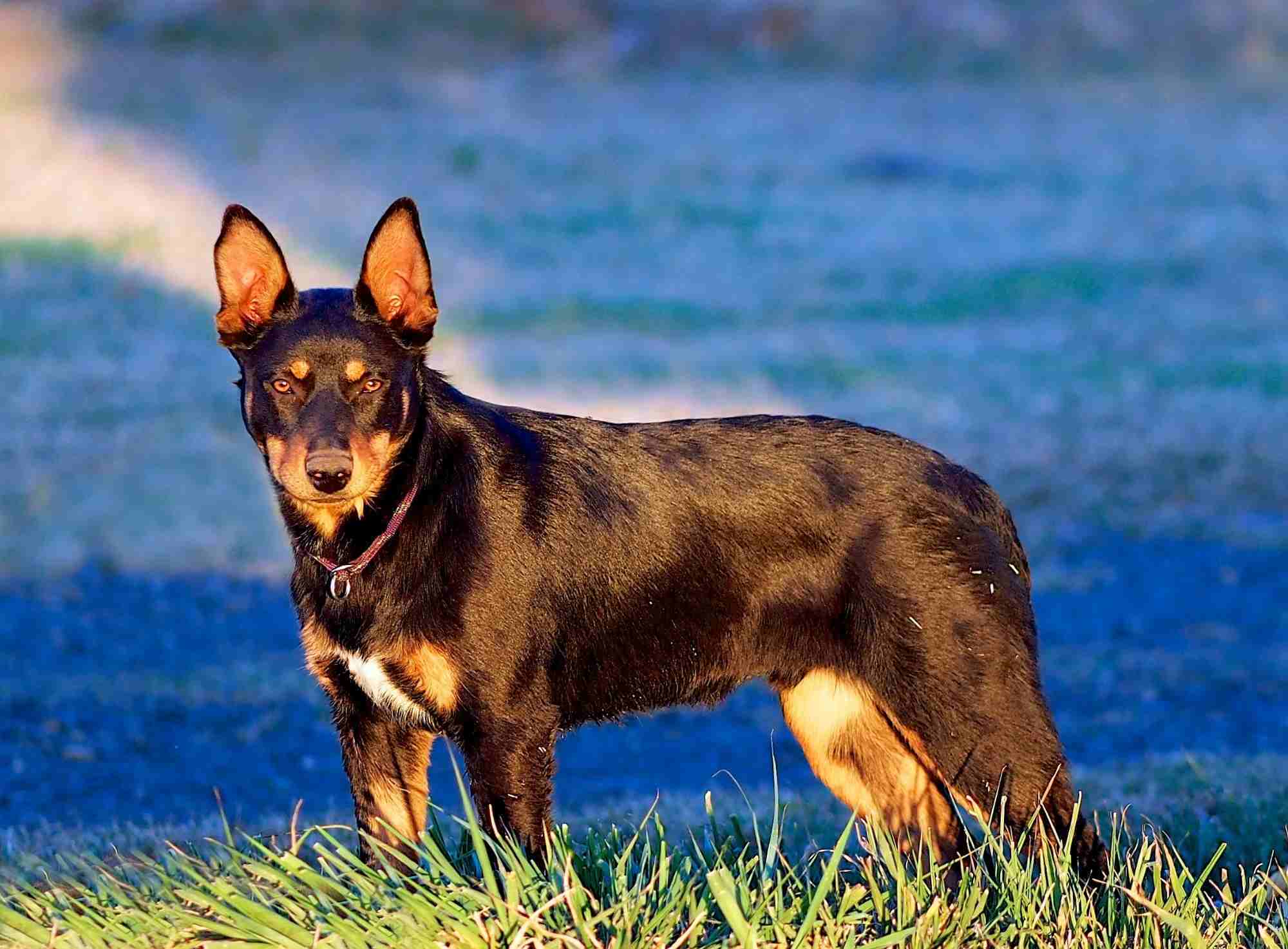
Physical description of Australian Kelpies
Kelpies have compact bodies with a broad chest, muscular lower body, and a medium-length, low-set tail.
They have pricked ears and their brown eyes have an intelligent and eager expression.
They have a double coat comprising a short, dense undercoat covered by a hard, straight overcoat. The outer coat is close, each hair straight, hard and lying flat, so that it resists rain.
Kelpies come in a few different colours and patterns, the most common being black and red, with or without tan/fawn, chocolate and blue.
| Weight range | 14 to 20 kg |
| Height range | 43 to 51 cm |
| Colours | Black and red, with or without tan/fawn, chocolate and blue |
| Coat length | Short |
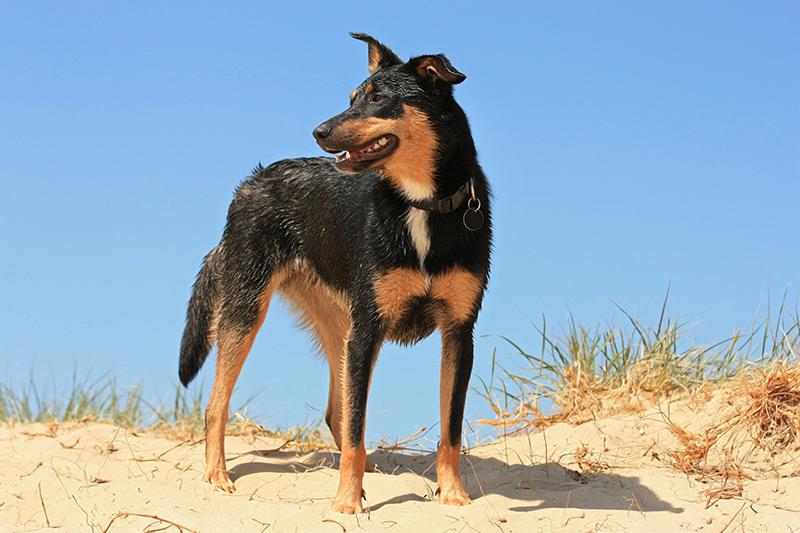
Australian Kelpie personality and temperament
A highly alert, eager and intelligent breed, the Kelpie is a fast learner who enjoys a challenge and having a job to do.
Renown for their boundless energy, enthusiasm and work ethic, not only are they great workers, but they excel in agility trials because of their ability to jump extremely high. With a natural instinct and aptitude for working in sheep, the agile Kelpie often jumps on the backs of sheep and runs over the top of them to get to the other side as quickly as possible.
Kelpies have a calm, balanced and non-aggressive nature. Intensely loyal, they can be very protective of their family and property, even if this means sacrificing itself.
An independent-minded breed, Kelpies are not recommended for relatively inactive and inexperienced owners. Their strong prey drive means they are likely to chase after everything that moves.
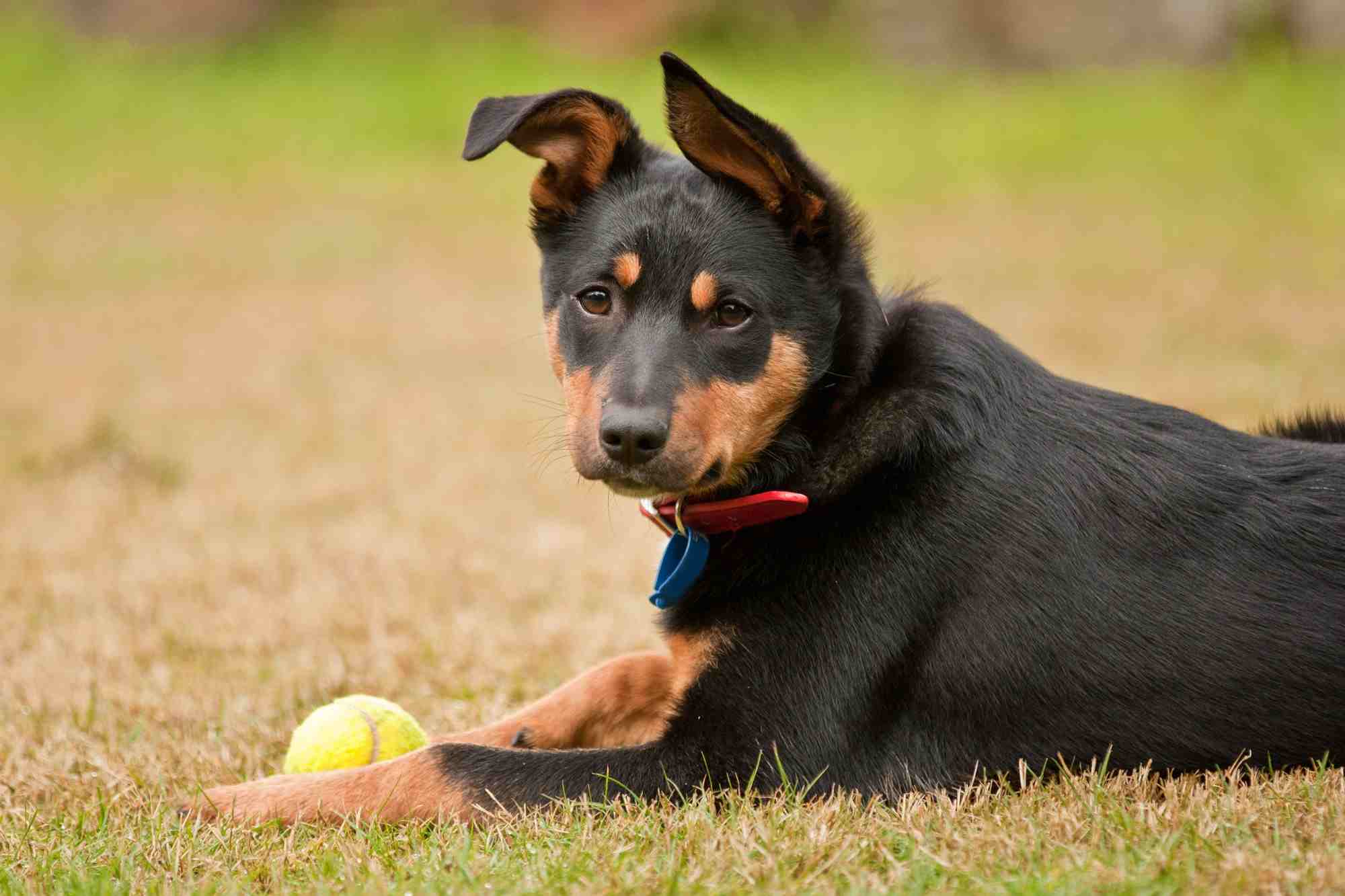
Australian Kelpies with kids and other pets
Kelpies are orientated to their owners and their children and will thrive living in a big family.
In general, they are above average with young children and other dogs.
However, it’s worth keeping in mind that they are herding dogs and may sometimes turn this skill on the kids! They like to have a job to do, and as herding dogs this may well be trying to herd other dogs or even children.
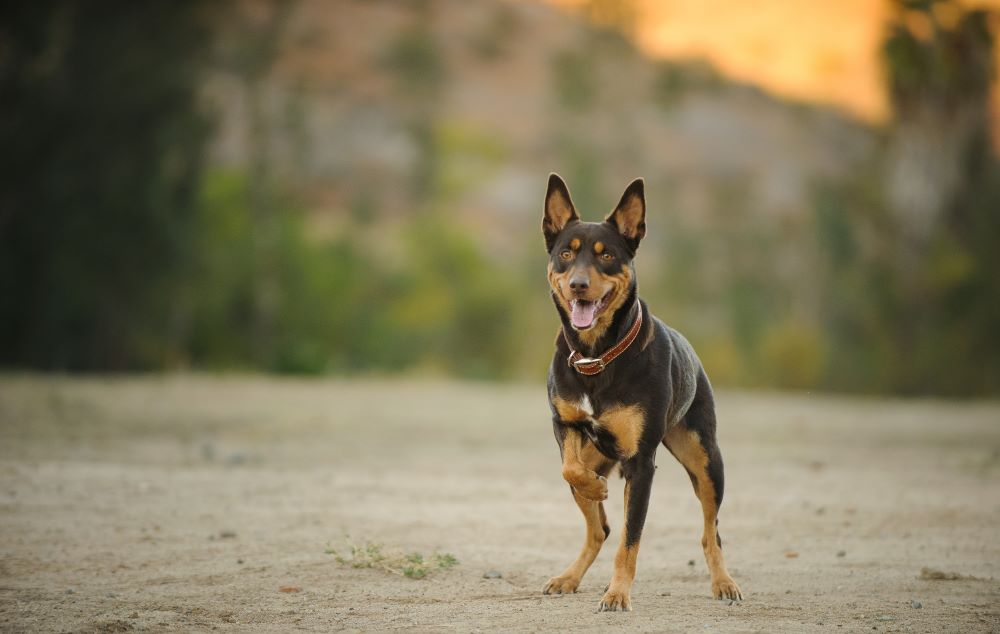
Australian Kelpie training and exercise
Like all dogs originally bred to work, the Kelpie has an inexhaustible energy and needs frequent, vigorous exercise – though sometimes even this isn’t enough to tire them out! Mental stimulation, combined with lots of daily exercise, is an absolute must for this breed.
They are ideally suited to farm work, and non-farming owners are advised to take their Kelpies for a long walk or jog at least once a day, as well as to provide daily mental stimulation such as training in dog sport such as obedience, rally, agility or flyball.
As an independent-minded breed, Kelpies are relatively easy to train but can try to push boundaries. They are used to thinking for themselves so the owner/trainer won’t be able to demand and achieve total obedience.
Kelpies have excellent sight and can be trained as seeing-eye dogs. Their amazing eyes also make them great watchdogs.
When they are not on the move, Kelpies love spending time relaxing with their family. They are not suited to apartment living as they need space for their limitless energy.
| Energy level | Very high |
| Exercise requirements | Very high |
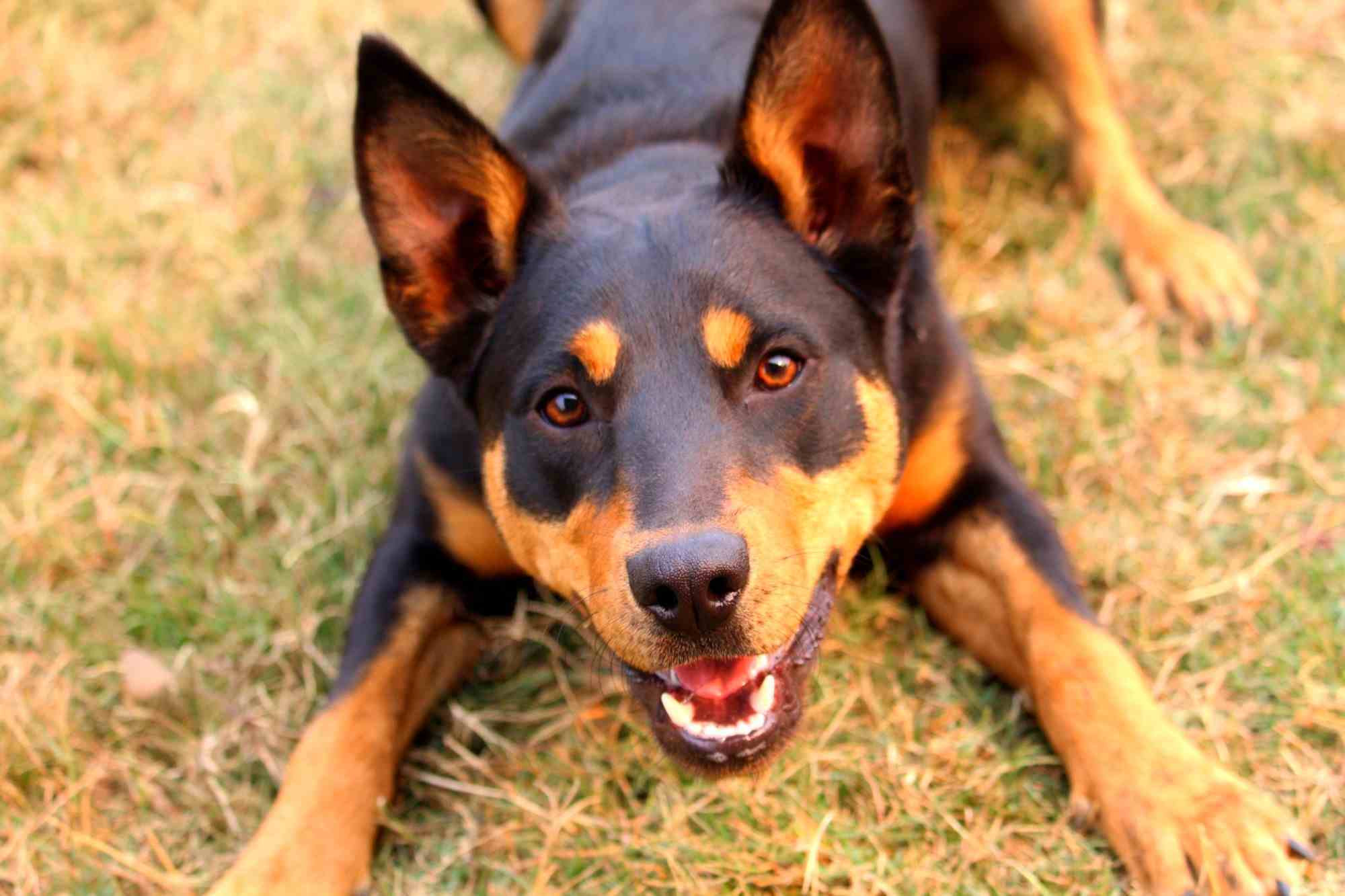
Australian Kelpie feeding and nutrition
The Australian Kelpie should be fed a premium, high-quality dog food appropriate to the dog’s age (puppy, adult, or senior).
Kelpies who aren’t sufficiently exercised may become overweight, so watch your dog’s calorie consumption and weight level and don’t overindulge in the treats department.
Check with your vet if you have any concerns about your Kelpie’s weight or diet.
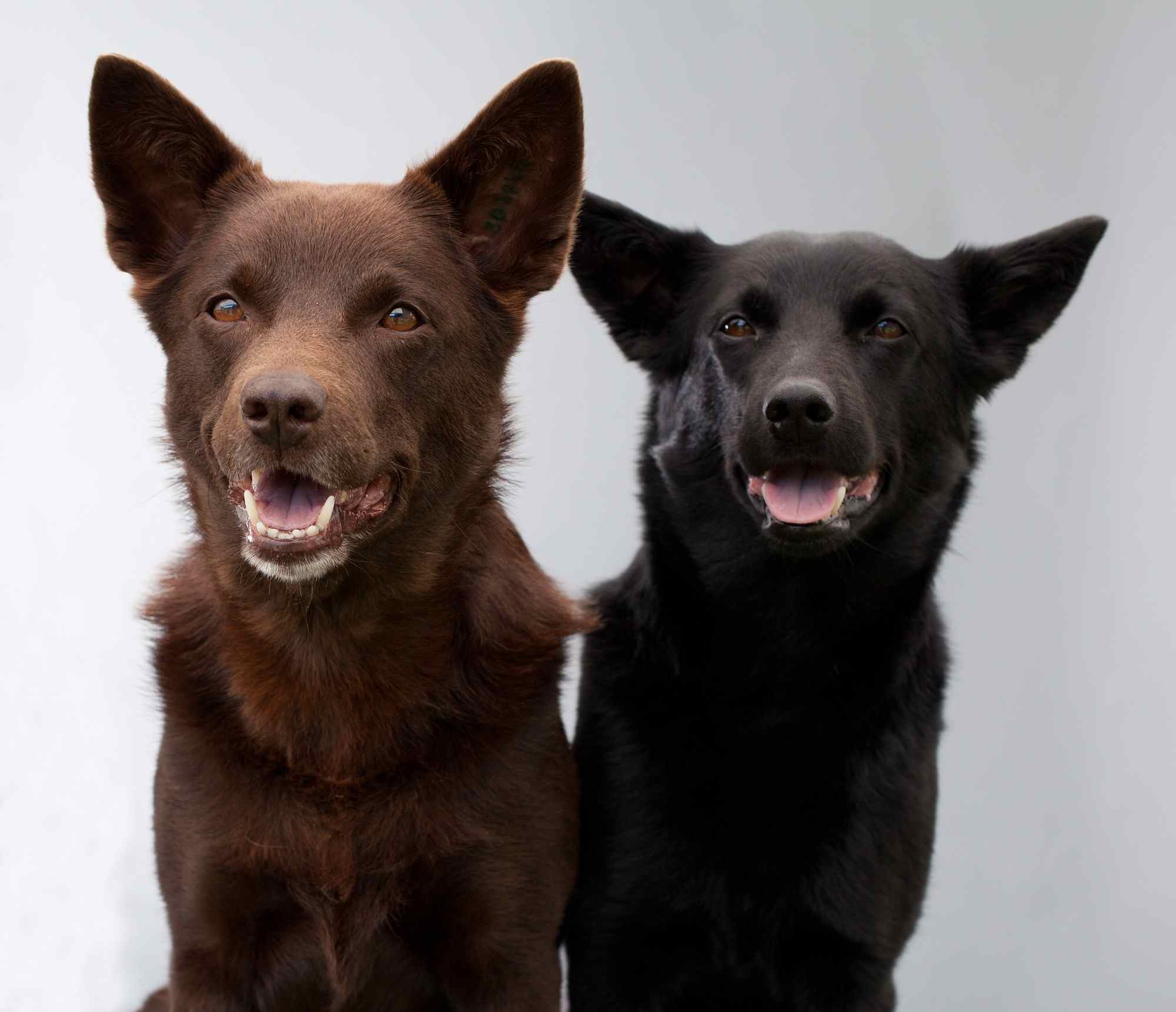
Australian Kelpie care and grooming
Kelpies need weekly brushing or combing of their thick, double coat to remove dead hairs.
The occasional bath will keep them clean and looking their best.
Otherwise, the Kelpie is a relatively low-maintenance breed.
Health issues for Australian Kelpies
Most Australian Kelpies are healthy dogs. However, the following conditions have been known to affect the breed:
- Progressive retinal atrophy refers to a family of eye conditions which cause the retina’s gradual deterioration. Night vision is lost in the early stages of the disease, and day vision is lost as the disease progresses. There is no cure, but many dogs adapt well to the loss of vision, as long as their environment stays the same.
- Cryptorchidism is the medical term for the hereditary condition where one or both of the testicles fail to descend into the scrotum. Normally, the testes develop near the kidneys within the abdomen and descend into the scrotum by two months of age (or later in some dogs, but rarely after 6 months). Both descended and undescended testicles can be removed through neutering.
- Patellar luxation occurs when the kneecap moves out of its normal position, causing pain and an abnormal gait. Owners may notice a skip in their dog’s step or see their dog run on three legs for a brief period. It is one of the most common orthopaedic conditions in dogs and one of the most common causes of lameness. Mild cases generally do not impact too much on the dog’s life, but severe cases may require surgery.
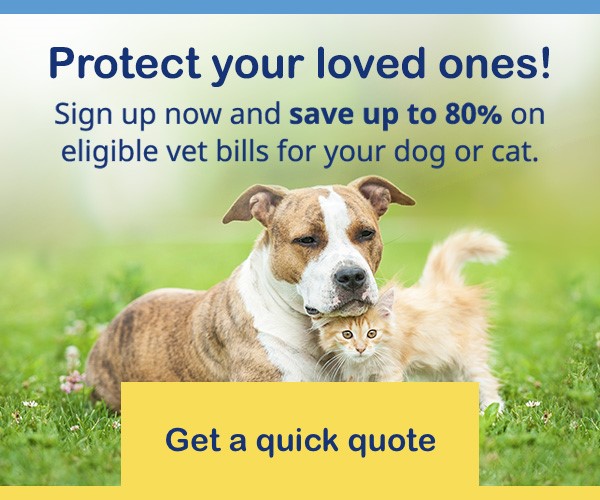
- Hip dysplasia is a hereditary condition and common in many breeds. The hip doesn’t develop as it should, leading to an instable or loose joint. This often results in prolonged limping and eventually lameness in later life.
- Cerebellar abiotrophy is an inherited neurological disease which causes certain neurons in the cerebellum dying off, affecting balance and coordination. The disease begins to affect the dog shortly after it is born and usually becomes noticeable before the age of 6 months, although some dogs may not show signs until they are older. There is no cure – the only way to ensure a healthy Kelpie is to know for sure that its parents are not carriers.
Not all conditions are covered by Pet Insurance. For details of Bow Wow Meow Pet Insurance cover, refer to the Product Disclosure Statement.
Thinking about insuring an Australian Kelpie
Thinking about insuring an Australian Kelpie
Learn moreThinking about insuring an Australian Kelpie
Learn moreFree engraved pet ID tag on sign up3
Customer Satisfaction
21 day cooling off
Easy to use Pet Portal

GapOnly® in vet claims
MORE INFORMATION
The Australian Kelpie Club of NSW: http://www.australiankelpieclubnsw.com/
The Working Kelpie Council of Australia: http://www.wkc.org.au/
Australian Cattle Dog & Kelpie Club of Qld Inc: http://www.cattledog-kelpieclubqld.com/
Australian Kelpie Rescue: http://www.auskelpierescue.com/

